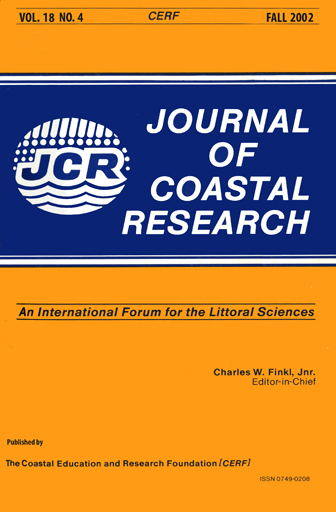Species Richness and Diversity of Brackish and Salt Marshes in the Rio Grande Delta
Keywords:
Abundance, community similarity, dominance, zonationAbstract
We used the line intercept method of vegetation analysis to quantify the distribution and abundance of plant species at a brackish and a salt marsh at Laguna Atascosa National Wildlife Refuge in southernmost Texas, where native vegetation is preserved. Each of the marshes was sampled with three line transects in 1996 and 1999 so that we could compare the magnitude of variation between transects, years and marshes. Species richness in 1996 and 1999 was 23 and 22 species in the brackish marsh and 24 and 32 species in the salt marsh. Community similarity was greater between years within a marsh than between marshes within a year. Forty-seven species were present in the two marshes, but only 15 were common to both. Monanthochloe littoralis and Batis maritima were the dominant species in the brackish marsh and Spartina spartinae was dominant in the salt marsh. In both marshes, four species contributed from 73% to 86% of the cover. Consequently, most species contributed little to vegetation abundance and community structure. There were no significant differences in species diversity within marshes between years or between marshes within a year. H' values ranged from .731 to .883. The vegetation was clearly zoned along an elevation gradient in both marshes. The sequence of dominant species in the brackish marsh from low to higher elevations was Batis maritima, Monanthochloe littoralis and Spartina spartinae. The horizontal sequence in a salt marsh was B. maritima, S. spartinae and M. littoralis but elevation determinations showed that the elevation where M. littoralis was dominant was lower than that where S. spartinae was dominant.


